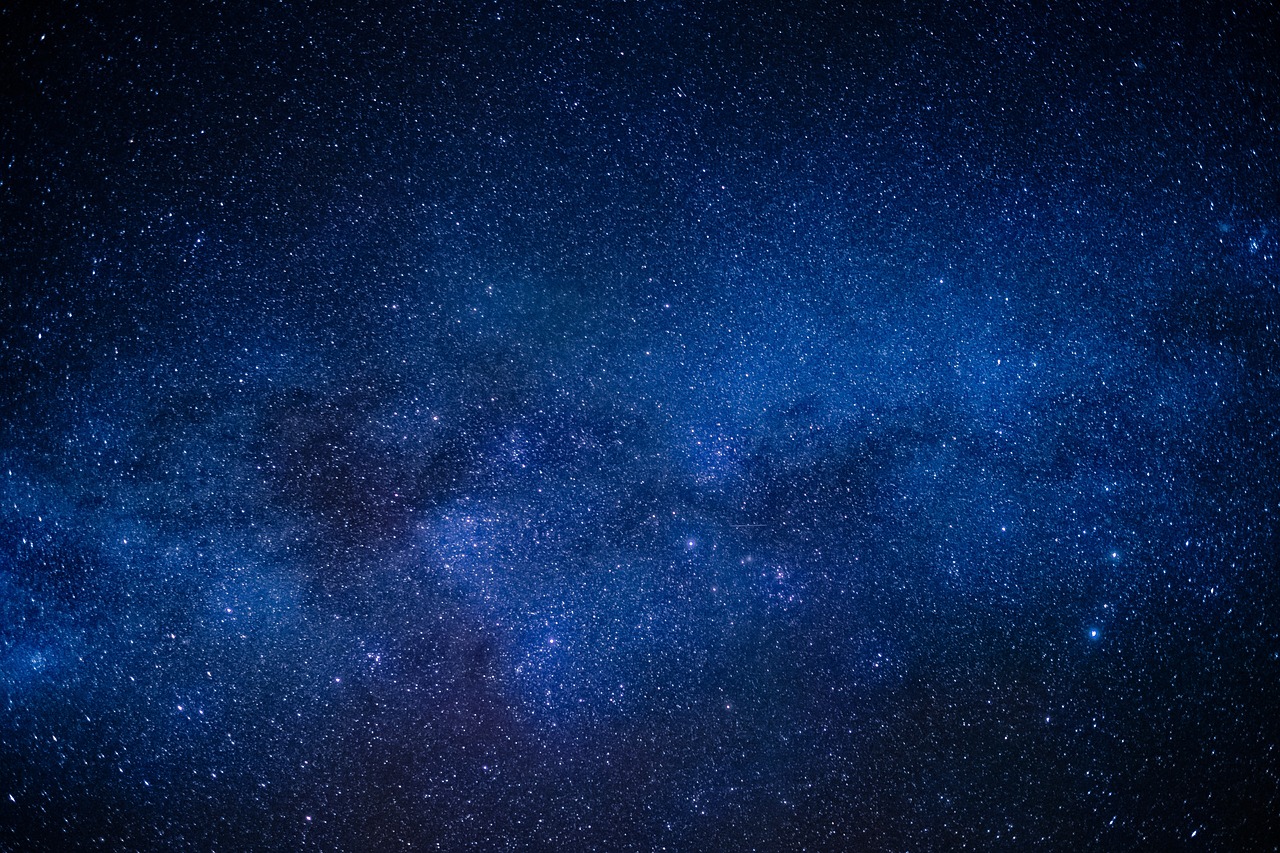Dark Energy: Effects on Expansion Of the Universe

Dark energy is a hypothetical repulsive force that constitutes the predominant portion (69.4 percent) of the universe and is characterized by its repulsive force. The rest of the universe is composed of ordinary matter and dark matter. Unlike ordinary matter and dark matter, dark energy exhibits uniformity across both time and space. It exerts a gravitational repulsion, rather than attraction, within its occupied volume. Despite its prevalence, the nature of dark energy remains poorly understood.
The concept of a cosmic repulsive force was initially proposed by Albert Einstein in 1917. Einstein introduced the term "cosmological constant" into his general relativity theory to counterbalance the attractive force of gravity, assuming a static universe. However, Edwin Hubble's 1920s discovery that the universe is expanding contradicted this assumption. Einstein later considered the addition of the cosmological constant to be his "greatest blunder." Nevertheless, the measured amount of matter in the mass-energy budget of the universe was improbably low, and thus some unknown “missing component,” much like the cosmological constant, was required to make up the deficit. The direct evidence for this matter known as dark energy which Einstein referred to as cosmological constant was first presented in 1998. Dark energy manifests its presence through its impact on the expansion rate of the universe and the formation of large-scale structures, such as galaxies and galaxy clusters, driven by gravitational instabilities. The assessment of the expansion rate involves utilizing telescopes to measure the distances (or light travel times) of objects observed at various size scales (or redshifts) across the universe's history. Accurately gauging astronomical distances poses a challenge in these endeavors. As dark energy counteracts gravity, an increase in dark energy accelerates the expansion of the universe and hinders the development of large-scale structures.
One method for determining the expansion rate involves observing the apparent brightness of objects with known luminosity, such as Type Ia supernovas. The discovery of dark energy in 1998 was accomplished through this approach by two international teams, which included American astronomers Adam Riess (the author of this article) and Saul Perlmutter, as well as Australian astronomer Brian Schmidt. Utilizing eight telescopes, including those from the Keck Observatory and the MMT Observatory, the teams found that Type Ia supernovas that exploded when the universe was two-thirds of its current size appeared fainter and therefore more distant than they would be in a universe without dark energy. This observation indicated that the universe's expansion rate is currently faster than in the past, a consequence of the prevailing influence of dark energy. (Dark energy was negligible in the early stages of the universe)
In cosmological theory, dark energy is a general class of components in the stress-energy tensor of the field equations in Einstein’s theory of general relativity. In this theory, there is a direct correspondence between the matter-energy of the universe (expressed in the tensor) and the shape of space-time. Both the matter (or energy) density (a positive quantity) and the internal pressure contribute to a component’s gravitational field. While familiar components of the stress-energy tensor such as matter and radiation provide attractive gravity by bending space-time, dark energy causes repulsive gravity through negative internal pressure. If the ratio of the pressure to the energy density is less than −1/3, a possibility for a component with negative pressure, that component will be gravitationally self-repulsive. If such a component dominates the universe, it will accelerate the universe’s expansion.
Similar Post You May Like
-

CFCs, HFCs and their long, troubled history
At its peak, the ozone hole covered an area 7 times larger than the size of Europe, around 29.9 million km2, and was rapidly expanding
-

The Origin of Universe: Deciding point where it all began!
Let us unravel and surf through the ideas throughout ages to understand what the universe and its origin itself was to its inhabitants across history.
-

The Artemis Program
Inspired by the Greek goddess of the Moon, twin sister to Apollo, the artimis program was named on 14 May 2019 by Jim Bridenstine.







